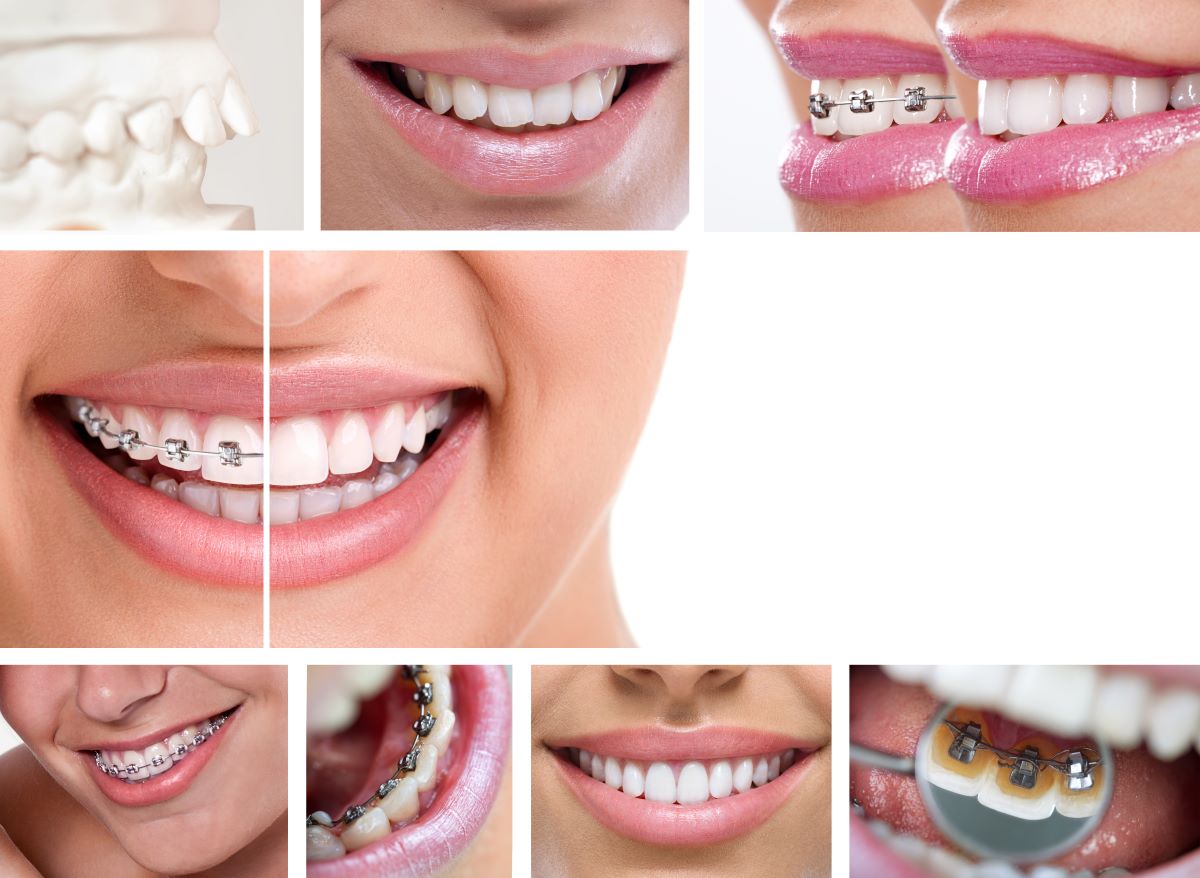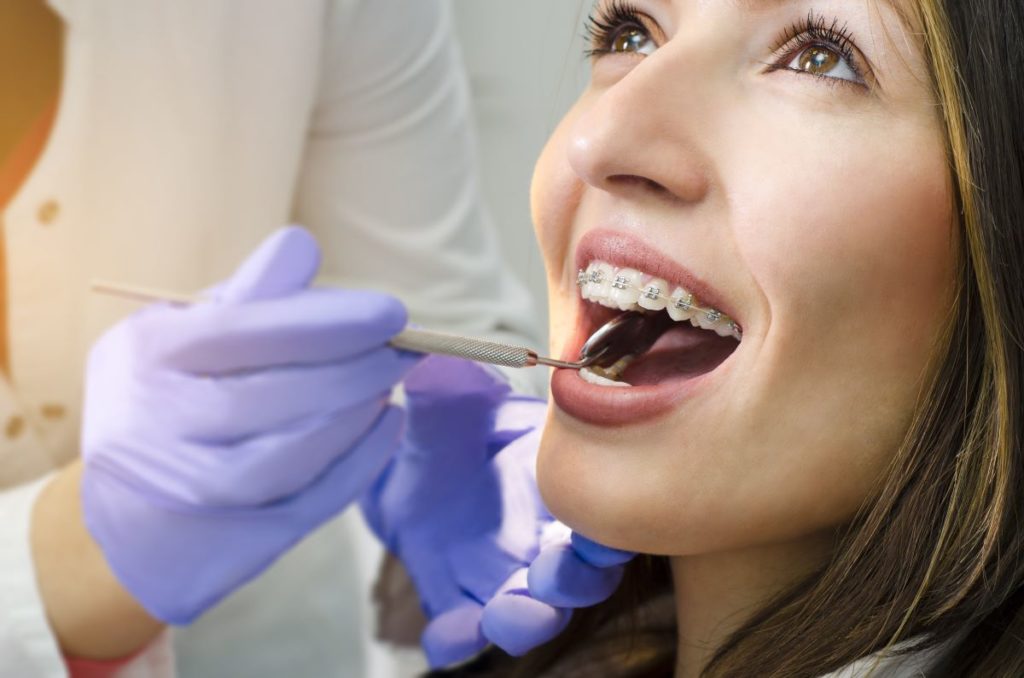Better is a pretty subjective term but how do clear Invisalign Harley Street aligners compare to traditional metal braces? For those with experience wearing both, there are some very tangible differences, making a clear aligner the first choice out of the two; when it is available. This preference has fuelled the growing popularity of clear aligners.
Appearances
For most patients, their motivation behind orthodontics is appearance; they tolerate the brace knowing that the results will be an improved smile at the end of the treatment. But this trade-off can be avoided; the subtlety of a clear aligner over how obvious a metal brace is has helped clear braces gain popularity.
Fitting and daily wear
Clear aligners are individually tailored to each patient, following the current location of the teeth and only making slight incremental changes over the two weeks that the patient wears each aligner for.
This movement is based on a 3D rendering of the patient’s teeth, captured either by 3D scanning, a dental mould or with an intraoral 3D scanner in the clinic.
Some of the high-end brace manufacturers, like the gold Incognito lingual braces, have similar individual customisation but at a much higher cost. Most metal brace systems use off the shelf components with only the archwire shaped to match the patient’s mouth.
The ‘switching out’ of the clear aligners with the next in the treatment series is a continued progression of moving the teeth to their new positions, relying on the tough springiness of the plastic aligners to apply pressure to the teeth. The relatively large changes in tooth position caused by the tightening or adjustment of traditional braces can be very uncomfortable, pushing more patients into using a clear aligner.

Hygiene and cleaning
Orthodontics has always had the issue of trying to straighten teeth while making sure whichever method is used it is as unobtrusive as possible. It has not always got this balance right, with large bulky headgear and jaw braces.
The metal brace is a big improvement on these initial designs, but still has its challenges; the sharp angles of the brackets affixed to each tooth is a location where food particles can become trapped, as well as along the archwire. As the only option is to eat while wearing a traditional brace, the teeth must be carefully and thoroughly cleaned using interdental brushes after meals.
The clear aligner is removed during meals and although patients still need to brush and/or use mouthwash before refitting their aligner, this is much less tedious.
Role in orthodontics
The clear aligner is not the ‘holy grail’ of orthodontics, unfortunately it is only considered effective for mild to moderate misalignments, so the metal brace will probably always have a role in orthodontics. The clinical effectiveness of treating mild cases is at least as good as a traditional brace when used with the guidance of a dentist.
So what’s better; braces or aligners?
If you need orthodontic treatment and you have a mild to moderate misalignment (not involving the molars) then it is highly likely that a clear aligner would be the better option for appearances, cost and clinical effectiveness.







